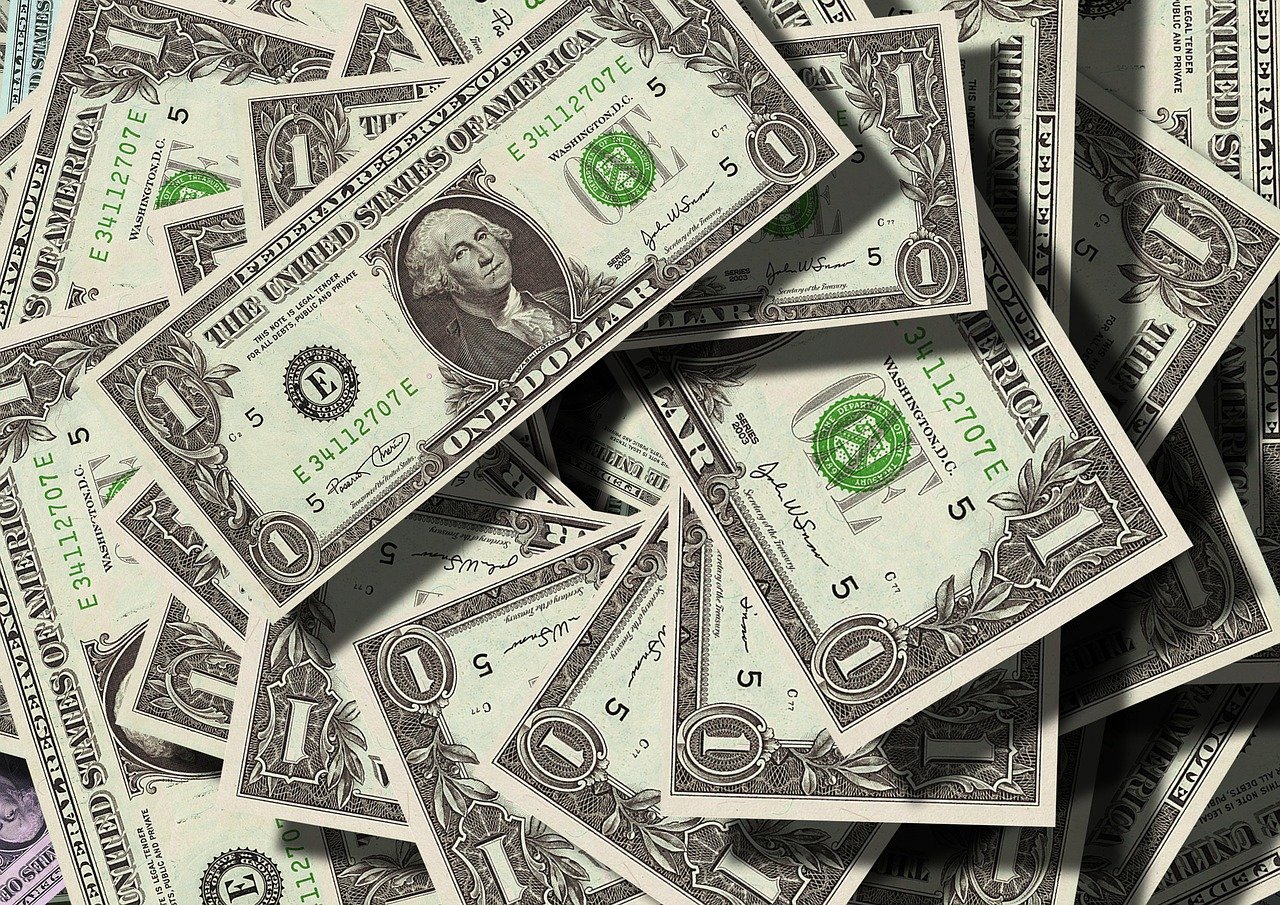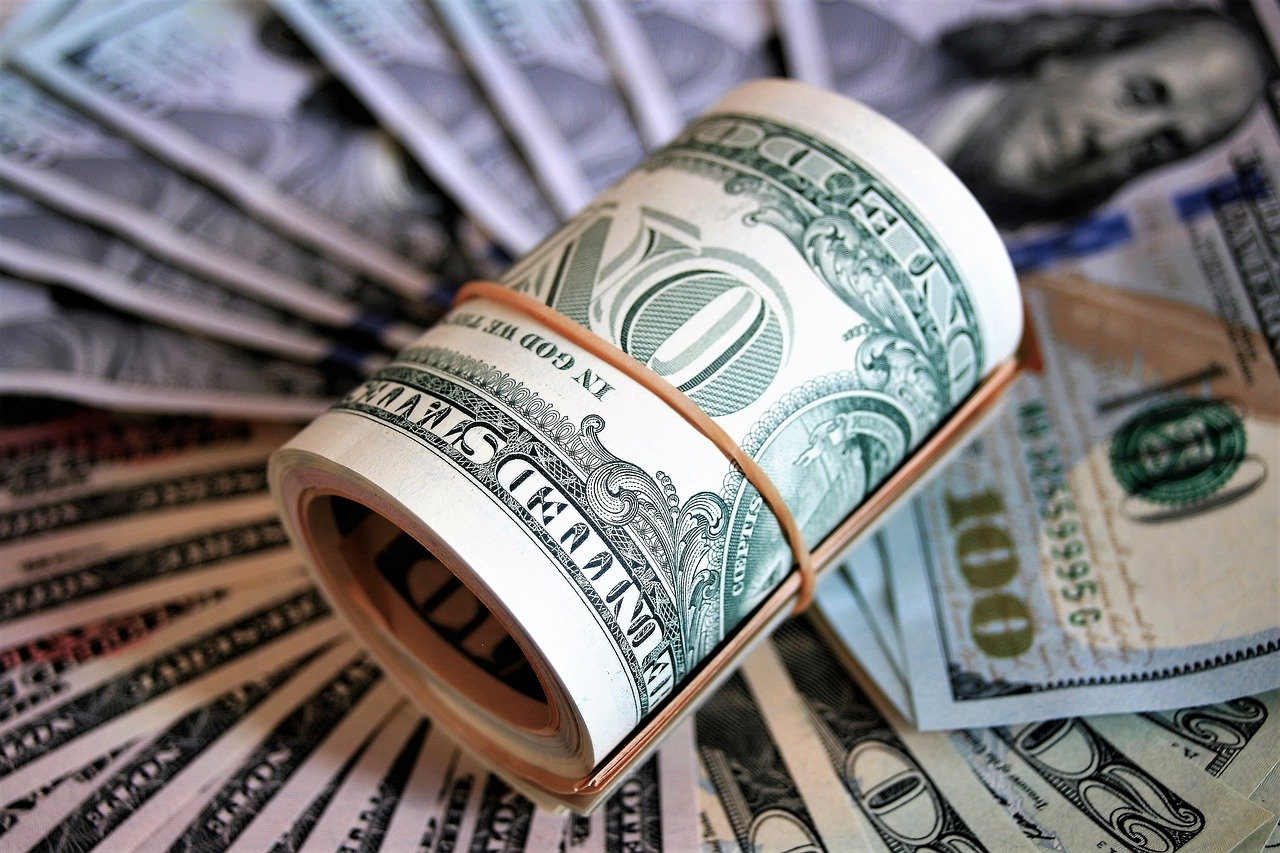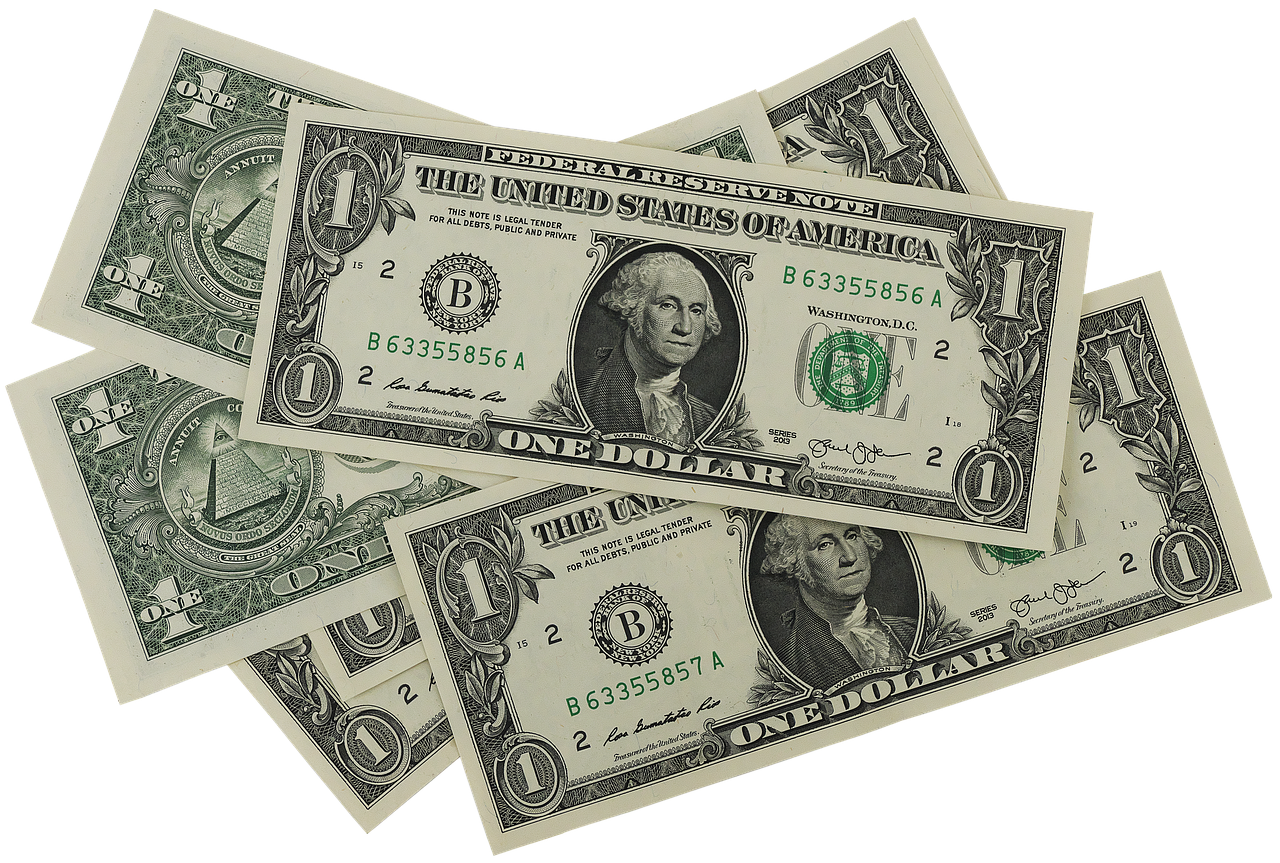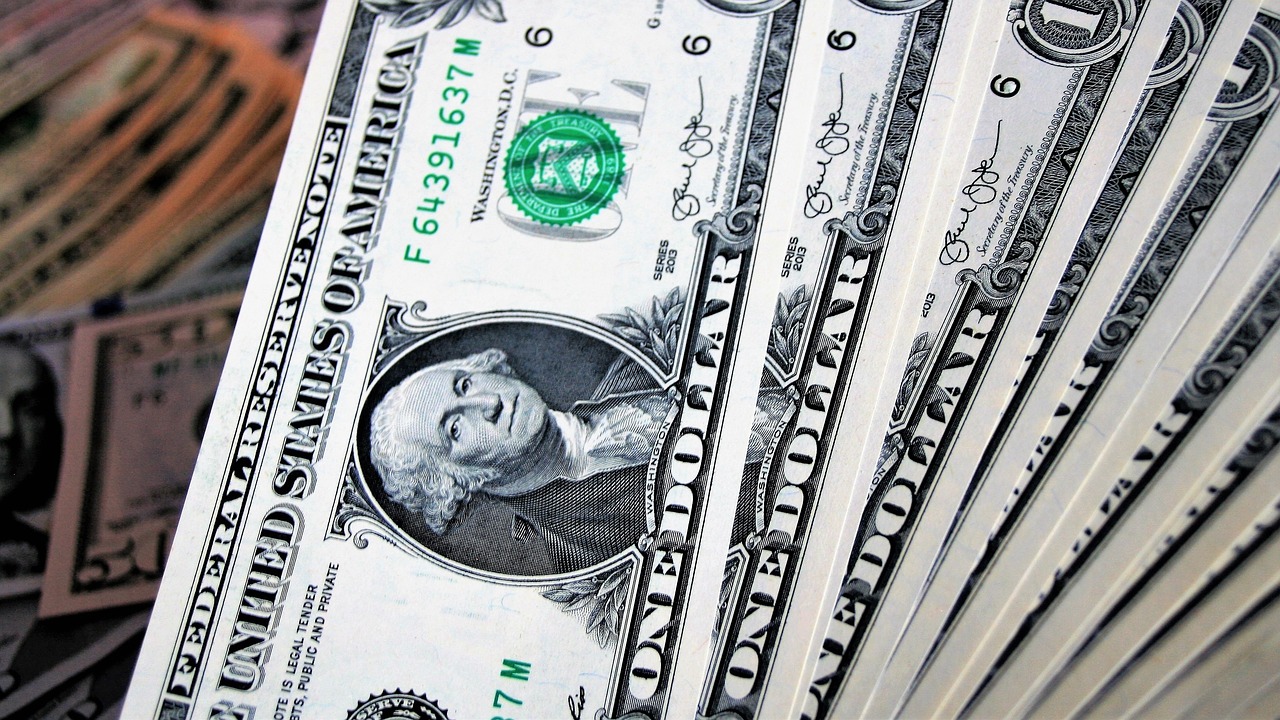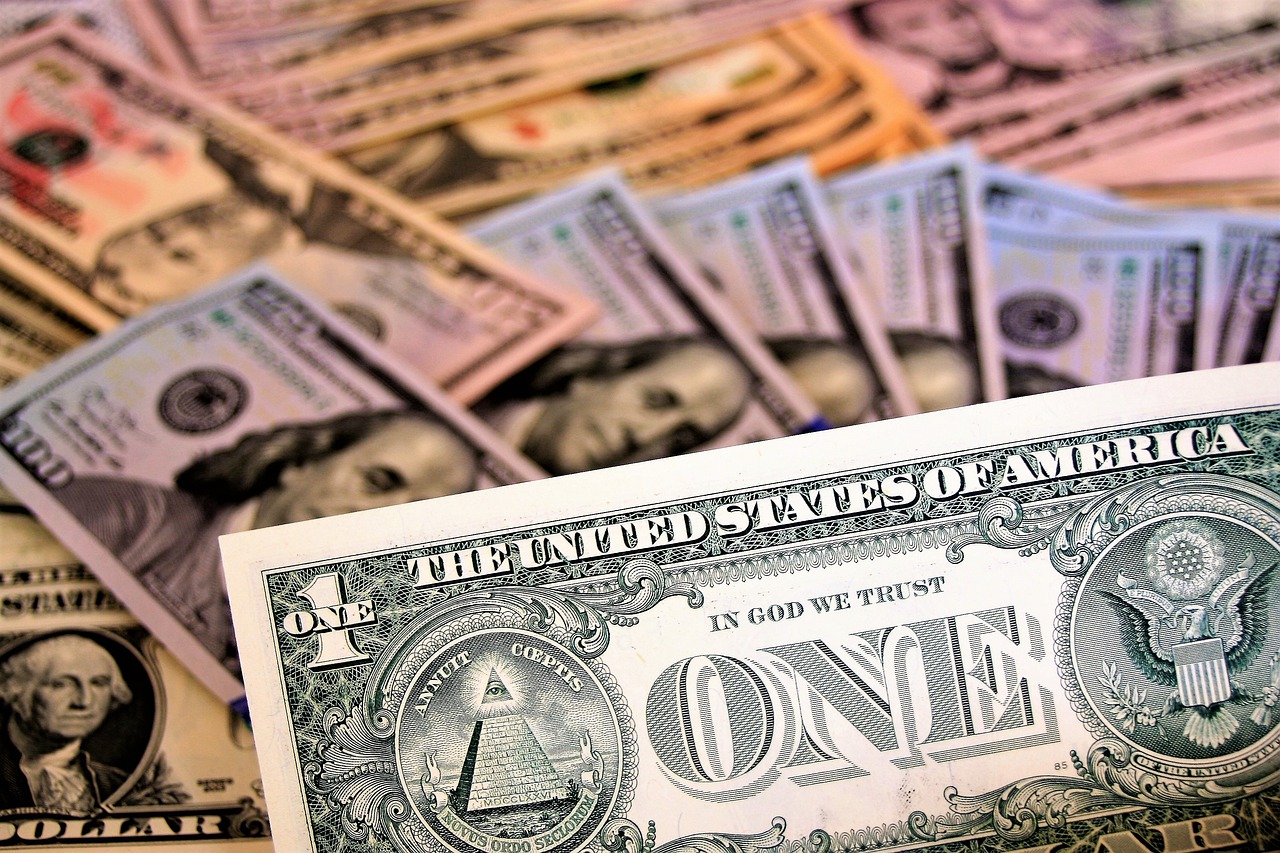How Much Is a Nose Job ?
According to 2019 data from the American Society of Plastic Surgeons, rhinoplasty’s total expense is $5,409. This average cost is just half of the overall price – anesthesia, operation room installations, or any associated costs are omitted. Please consult the office of your plastic surgeon for your final fee.
A rhinoplastic surgeon’s fee would be dependent on your needs, the method of operation utilized, and where you do it. Most plastic surgeons provide rhinoplasty funding options. So, make sure to inquire!
Costs for rhinoplasty can include:
- Fees for anesthesia
- Costs in a medical or surgical center
- Hospital evaluations
- Post-operative wear
- Medication prescriptions
When you select a plastic surgeon qualified for a rhinoplasty procedure in your city, note that the surgeon’s expertise and familiarity with him or her are as critical as the surgeon’s final cost.
Is Rhinoplastic Insurance Covered?
When rhinoplasty is done to strengthen the respiratory system, an obstructed airway is the most frequent source. This treatment is called reconstructive, whether done individually or in combination with cosmetic rhinoplastic and can be protected by insurance.
This includes a thorough review to validate your respiratory disability origin and your insurer’s previous authorization.
Other Associated Charges for Rhinoplasty
A nose job entails both pre-and post-operative charges. While these expenses certainly won’t break the bank, you’ll always want to weigh them as you decide the exact price for your rhinoplastic surgery.
- Hospital trials
- Lab Job
- Pre- and Post-Surgery Demands
- Continuing visits
Any of these considerations could be included in the surgery’s initial costs. Speak to your doctor in advance to decide if he or she has considered these charges in your quote.
Total rhinoplasty care costs for 2017 were $5,146, according to the American Society of Cosmetic Plastic Surgery (ASAPS). The price range for rhinoplastic operations, based on various materials, will range from $3,000 to $15,000.
For example, the operation duration and the type of rhinoplasty done can dramatically affect the overall cost of your surgery. One or more of the following issues can be fixed with rhinoplastic treatment:
- The nose is bent or asymmetric.
- Bump(s) present on the nose bridge
- The nose scale is unreasonable to some facial characteristics.
- Nostrils are too small or too wide.
- Broad or drooping tip of the nose
If you choose rhinoplasty solely for esthetic reasons, the surgery’s expense is unlikely to be paid by the health insurance company.
Rhinoplasty may also be chosen to preserve the nose structure for esthetic reasons, also known as therapeutic rhinoplasty.
If your nasal obstructions or other abnormalities interfere with your breathing or your life quality, your insurance company can pay a part of your bill or the entire expense. Your surgeons will perform a detailed review of the explanation behind the respiratory symptoms, supporting you to see whether you are suitable for medical treatment.
One or more of the following issues may provide practical explanations for undertaking rhinoplasty:
- Obstructive disorders including a septum deviated.
- Distort the nose from congenital damage or weakness
- Chronic stuffiness, leak, and snoring after the nose
The difficulty and duration of the operation will influence the actual expense of your care. A complicated rebuilding operation may take longer than a basic esthetic operation and cost the patient more.
Additional considerations may include whether the operation is conducted as an open or closed rhinoplastic procedure or whether it is the first rhinoplasty toward a more comprehensive case of analysis.



